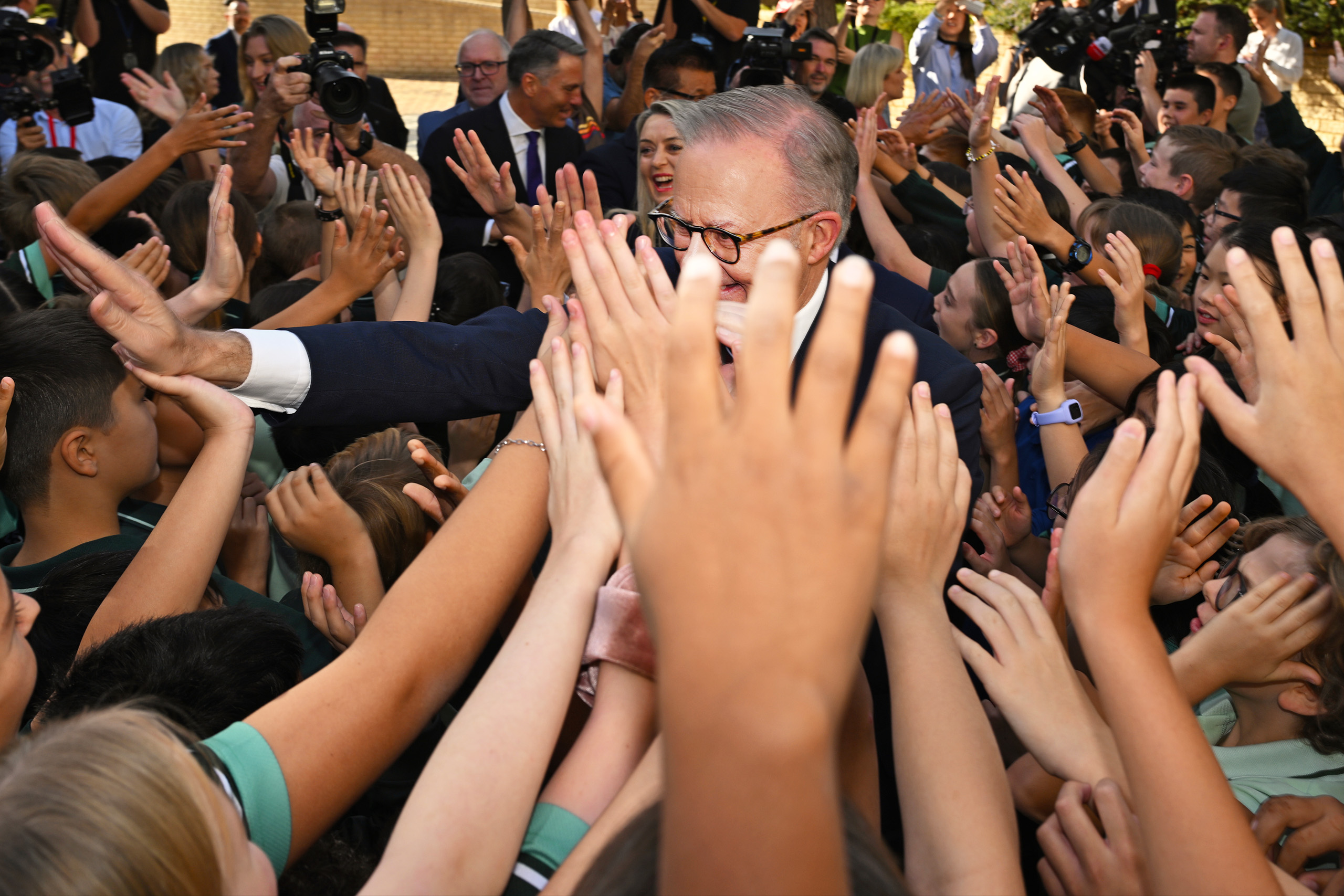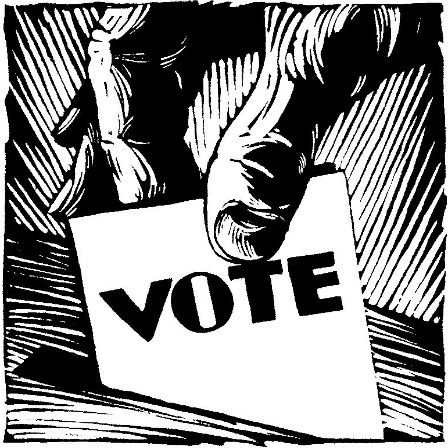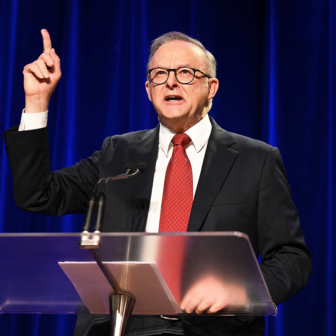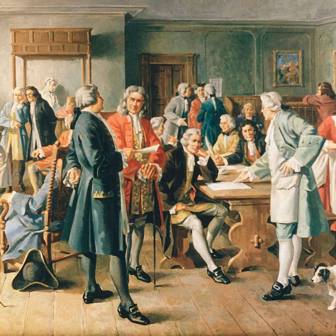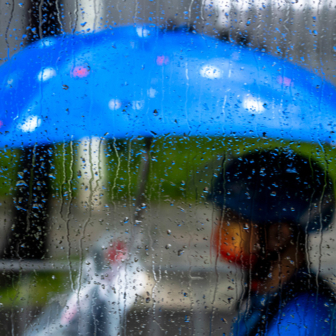We are in the twilight of election campaign 2025 and betting markets, those distillers of expectations, are giving Labor around a 90 per cent chance of retaining government. The final polls are averaging roughly 52.5 per cent for Labor after preferences, which (as it happens) is what the most recent Newspoll says.
The Coalition–News Corp tag team is mounting a last-minute scare campaign about a re-elected Labor government holding another Voice referendum. Not one remotely swayable vote in the country would be affected by this. Have they lost their minds?
So, what’s going to happen today? The first point to make is that a majority of the eventual vote has already been cast. Pre-poll votes are up from 2022 as a percentage of the roll (and of likely turnout) and postal votes are down a little on that year’s 14.3 per cent of turnout. The latter will probably come in at around 13 per cent of turnout (about 12 per cent of enrolment), which will still be a huge leap from the last pre-Covid election’s 8.3 per cent. Higher postal voting means longer delays in counting and has repercussions for the secrecy of the ballot and, potentially, for perceptions of election cleanliness.
At time of writing the Australian Electoral Commission hasn’t published yesterday’s pre-poll numbers, but it’s reasonable to project the total coming in at about 36 per cent of enrolment, which added to postals’ 12 per cent gets us to 48 per cent of registered voters. Allow for around 10 per cent non-turnout and we easily have a majority, and that’s without trying to guesstimate early absent votes.
[Update and addendum: Pre-polls came higher, at 37.5 per cent of enrolment. I also left out remote and mobile votes already taken, around 0.9% of the roll. My 13 per cent eventual postal vote figure includes some that would be cast today. But certainly a majority of turnout voted before election day.]
Peter Dutton could lose his seat if there’s a decent two-party-preferred swing to Labor, say 2.5 per cent or more, in Queensland, although no reliable poll has so far pointed to such a thing. If neither side reaches a majority, his absence could actually make it more likely the Coalition can gather the required support. Sussan Ley as leader could make more concessions to the crossbench than Dutton could. Yes, Ley has greatly underwhelmed as deputy Liberal leader, but even bumblers can be rehabilitated by a serious position in government (hullo Alexander Downer).
Apart from the very strong likelihood of a Labor government, so much is unpredictable. Where swings will be; which way; what the crossbench will look like, and whether it will shrink or grow.
This time last year I had a belated rummage through pollsters’ 2022 performance and decided that Resolve’s effort for the Nine papers did the best on primary votes, though their final after-preferences figure of 51 per cent per cent for Labor was too low (the result was 52.1) because they relied on respondents’ allocation of preferences. I concluded by anticipating that in the final week of the 2025 campaign I’d be hanging out for Resolve’s poll.
Resolve did drop early in the week, and its primary-vote figures are almost identical to its 2022 effort (you can compare the two here). And while it has the Coalition a little further ahead in first preferences, its two-party-preferred number this time is 53 per cent for the government. According to Nine’s David Crowe the number (rounded) is the same whether it’s calculated by last election’s flows or by what respondents told them.
The reason for this apparent incongruity must lie in the “OTH” group, and particularly the absence of Clive Palmer’s UAP (which won 4.1 per cent in 2022) and the fact that its replacement, Trumpet of Patriots, is barely registering.
But Resolve’s survey was conducted 23–28 April — up till Monday, that is. (The 2022 version was similarly early.) If the Albanese government’s Trump boost is a depleting asset that peaked just after his tariff announcements produced global mayhem, timing could be particularly important this time.
Newspoll, taken from Monday to Thursday, has Labor on 52.5 two-party-preferred from a primary vote of 33 per cent against the Coalition’s 34 (adding up to a combined two-party vote even lower than 2022’s postwar low of 68.3). The final-week polls (see Wikipedia) range from 51.5 to 53 for Labor with, as is usually the case, more variety in the primary vote numbers.
JWS boss John Scales is still fantasising to anyone who’ll listen about 80 to 90 per cent far-right party flows to the Coalition. He’s also anticipating higher support for the far right in total than for the Greens, which is not as outlandish as it sounds because One Nation, UAP, LDP, KAP, the Great Australian Party and Australian Federation Party totalled 11.8 per cent in 2022, a little lower than the Greens’ 12.2.
And yet, as the Resolve numbers allude to, apart from One Nation these right-wing parties are not registering much surveyed support. Trumpet of Patriots is no household name, and while posters of Big Clive himself at polling stations might lead his party to overperform against the surveys, at least some of that will be at One Nation’s expense.
Meanwhile, Pollbludger reports that Resolve boss Jim Reeves told him in an email he’s getting 78 per cent of One Nation preferences flowing to the Coalition, which is more realistic than JSW’s claim. Anthony Green calculated the 2024 Queensland state election figure at about 74 per cent, and I believe it will probably be roughly that. (We won’t have these preference flow figures for weeks.)
Erring on the side of caution, I’m anticipating roughly 52 per cent two-party-preferred for Labor. At the last election, a 52.1 per cent national vote translated to eighty-four two-party-preferred wins for Labor out of 151. That’s two-party-preferred: seven of those went to third parties or independents. In 2025, allowing for some sophomore surges in the marginals, I reckon a roughly 52 per cent aggregate will produce about eighty-six two-party-preferred wins for the government, with who knows how many slipping out of their hands onto the crossbench.
Of those, Adam Bandt and Andrew Wilkie are definites, and Dai Le likely. The Brisbane Greens’ fates are impossible to predict; as with Dickson, success for Labor will require a meaningful improvement in statewide support.
On the other side — the Coalition two-party-preferred majority seats — only Bob Katter is certain to remain, but Rebekha Sharkie is very likely. (Sharkie’s Mayo was a Labor two-party-preferred win in 2022, but that’s unlikely to be repeated.) As for the teals — like the Greens, who knows? It is not inconceivable that an increase in the national non-major-party primary vote coincides with a smaller crossbench. Or that the crossbench could blow out.
In 2022, despite a (relatively modest) Victorian move to the ALP, some safe Labor seats in Melbourne swung savagely to the outgoing Morrison government. With the country’s oldest mainland government now officially very-on-the-nose, that state will again showcase some big shifts —but where?
Victoria might over-perform against expectations for the Coalition, while Tasmania and Queensland might for Labor.
Yes, I’ve included many equivocations here, and you would too. But what a night this will be. •
